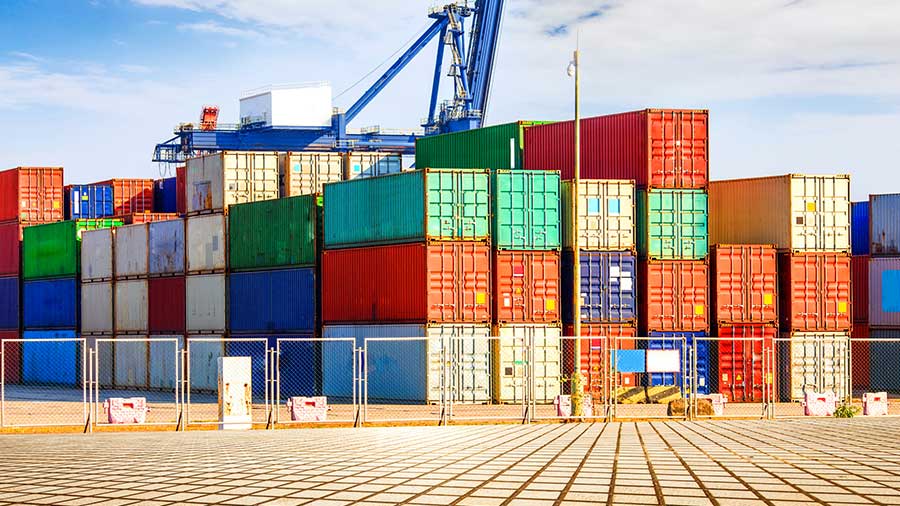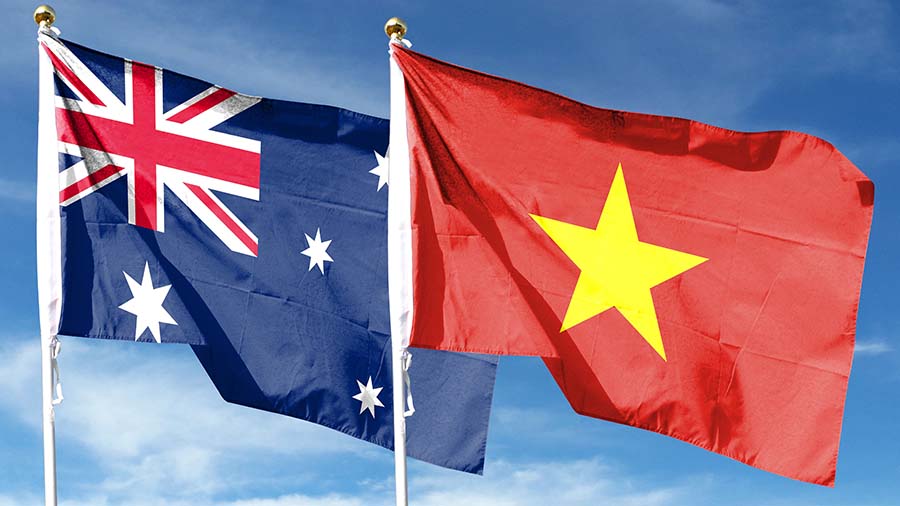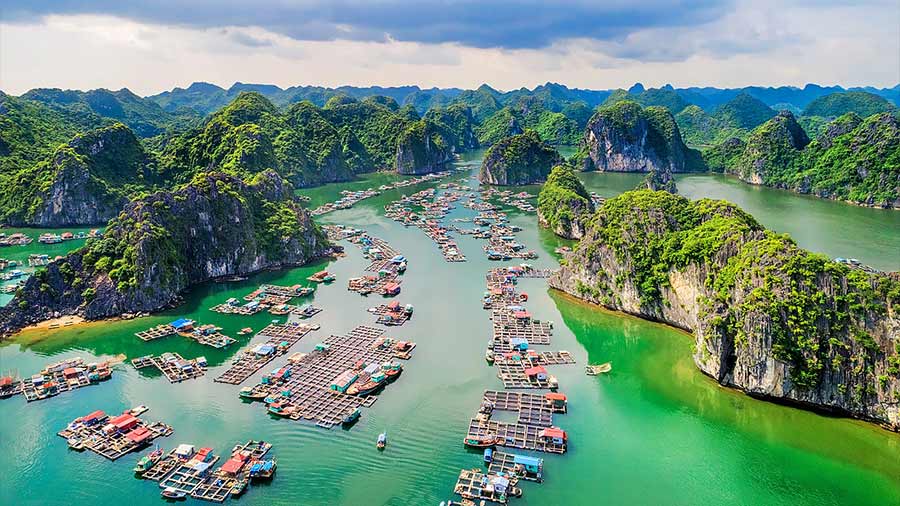Bac Ninh has become a hive of manufacturing in recent years and is still drawing huge investments from foreign firms. In this light, the Vietnam Briefing takes a look at what key decision-makers have planned for the future of the province.
Northern Vietnam’s Bac Ninh province has become a hub of manufacturing activity in recent years. In particular it has drawn in a number of big names in tech manufacturing. This includes Canon, Samsung, Microsoft, and Foxconn.
This has been due to a number of factors. Its proximity to the major population center is Hanoi for one, but also, after years of foreign-invested enterprises establishing themselves in the province, it has become well-equipped to accommodate the needs of manufacturing firms.
That said, as the province and indeed Vietnam on the whole, continues to develop and welcome more business, it will need to change and adapt to the needs of these new arrivals.
With this in mind, earlier this month the Prime Minister issued Decree 589/QD-TTg (herein referred to as Decree 589) approving a masterplan for Bac Ninh province from 2021 to 2030 with a vision to 2050. Here are the key details.
See also: The Performance of Vietnam’s Key Economic Zones in 2022
Goals and targets
Economic development
Decree 589 lays out a number of key goals and targets for the province to be achieved in the next decade or so. These include:
- Reach an average GRDP growth rate of between 8 and 9 percent a year;
- For industry and construction to account for 72.7 percent of GRDP;
- For services to account for 21.7 percent of GRDP;
- Digital economy accounts for about 35% of GRDP; and
- Agriculture, forestry, and fisheries account for 1.6 percent of GRDP.
It’s hoped that this will give the province a GRDP per capita (at current prices) of about VND 346.6 million (US$$14,275) per person and that this will be coupled with a labor productivity growth rate of about 8.3 to 9.5 percent each year.
Furthermore, key decision-makers are looking for exports to reach US$50 billion on imports of about US$42 billion.
The rate of trained workers is also expected to reach 90 percent with 55 percent of trained workers having completed formal training or education. Moreover, it's hoped that 95 percent of workers will have information technology skills.
Social development
Bac Ninh’s master plan also outlines a number of social targets for the province to accompany its economic aspirations. These include:
- For 98 percent of schools to meet national standards;
- For the average life expectancy to reach 76 years old;
- For the healthcare system to have one doctor and 38 hospital beds per 10,00 head of population.
It’s also envisioned that the poverty rate will be less than 1 percent and that by 2025 all households in the province will be living above the national poverty standard.
Infrastructure development
Along with social and economic development, the master plan also includes a handful of targets for infrastructure development. These include:
- For all residents to have access to clean water through a central supply by 2025;
- For all waste created in urban areas to be collected and processed in accordance with national standards; and
- For all newly established industrial zones and urban areas to have centralized wastewater treatment; and
- For 90 percent of businesses to meet environmental standards.
Economic sector development
Decree 589 also outlines development strategies for core sectors of Bac Ninh’s economy.
Industry
Per the master plan, Bac Ninh’s planners envision a high-tech future for the province. They are looking to green industry as well as electronics. They also want to see smart technology incorporated into the Bac Ninh industry of the future and envision the spillover effects not only benefiting Bac Ninh but the country on the whole.
Furthermore, there is a push to diversify Bac Ninh’s manufacturing sector. Specifically, planners want to see semiconductors, pharmaceuticals, and renewable energy equipment manufactured in the province.
See also: Investing in Industrial Parks in Vietnam
Trade, services, and tourism
In trade, services, and tourism planners see Bac Ninh as becoming a center of commerce and consumption. They intend to realize this vision by promoting green and sustainable urban development which they also hope will attract high-quality workers.
As part of this part of the plan, they will also promote the expansion of e-commerce. This will go hand-in-hand with a focus on high-value service industries like information technology services, telecommunications, logistics, and finance.
They also want to see tourism as a key economic sector. This will involve promoting craft villages and developing ecotourism with an emphasis on promoting Bac Ninh province to domestic and international audiences, according to the plan.
Agriculture, forestry, and fisheries sector
Finally, key decision-makers in Bac Ninh want to see the agriculture sector transformed through new technology. This, it is hoped, will facilitate clean agriculture and circular agriculture, particularly in combination with the processing industry.
They also want to develop urban agriculture and see greater cooperation between the agriculture sector, industry, and trade, services, and tourism
Key takeaways for foreign firms
Decree 589 provides broad goals and targets for Vietnam’s Bac Ninh province. These address the needs of its residents and businesses, but also foreign firms. Specifically of note for foreign enterprises is the push toward high-tech manufacturing. This is common all over Vietnam, however, Bac Ninh, with a number of major tech firms already manufacturing in the province, is likely to be among the provinces leading the charge forward. Foreign firms, particularly those producing high-tech goods, considering manufacturing in Vietnam, should keep this in mind.
That said, there are a number of other factors firms should consider when looking for the right location in Vietnam. These are best discussed with boots-on-the-ground professionals like the experts at Dezan Shira and Associates - your partner for growth in Southeast Asia.






















